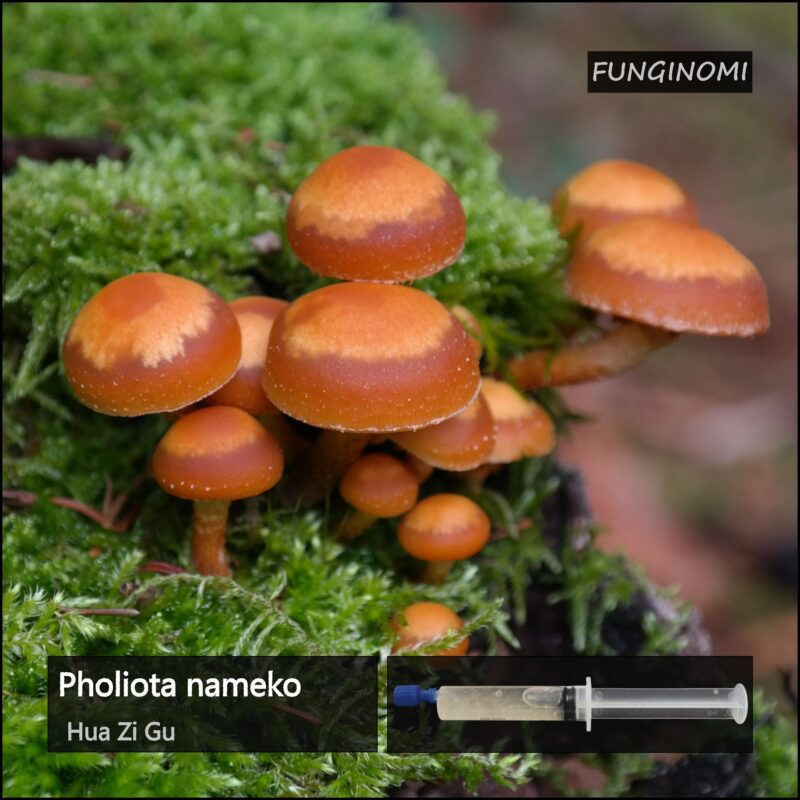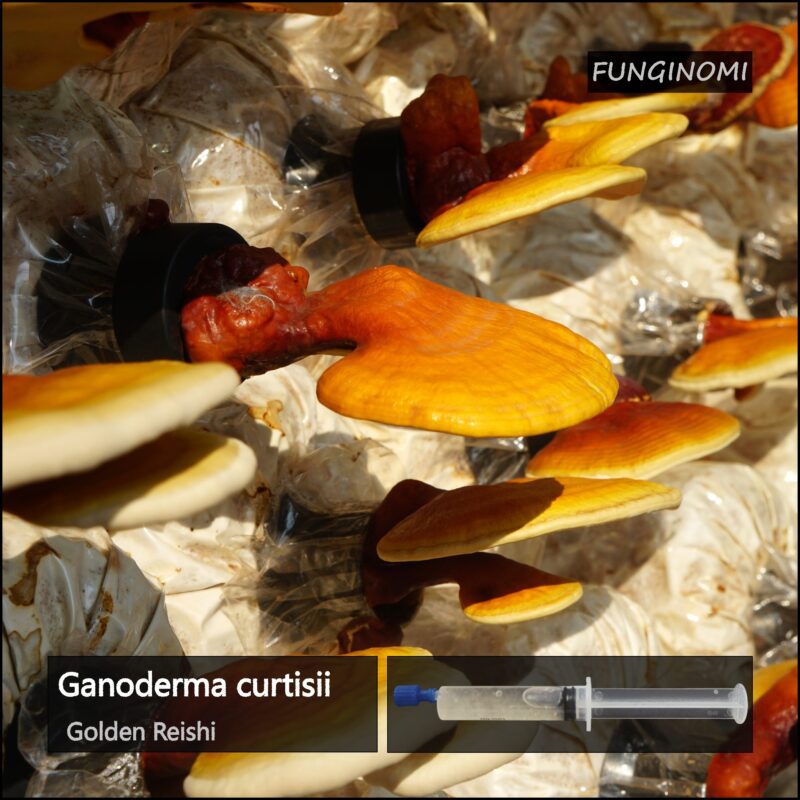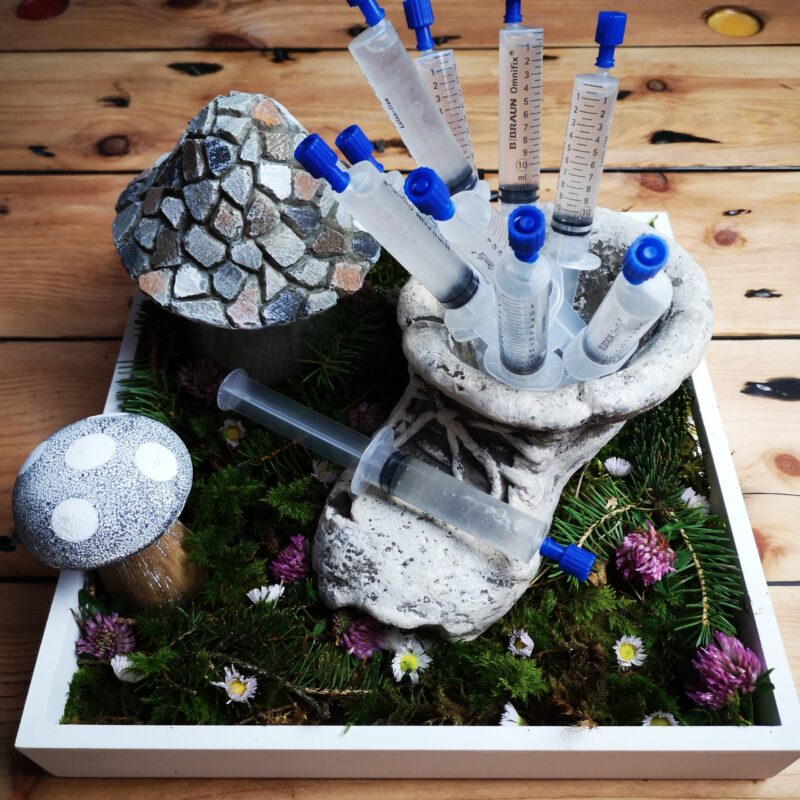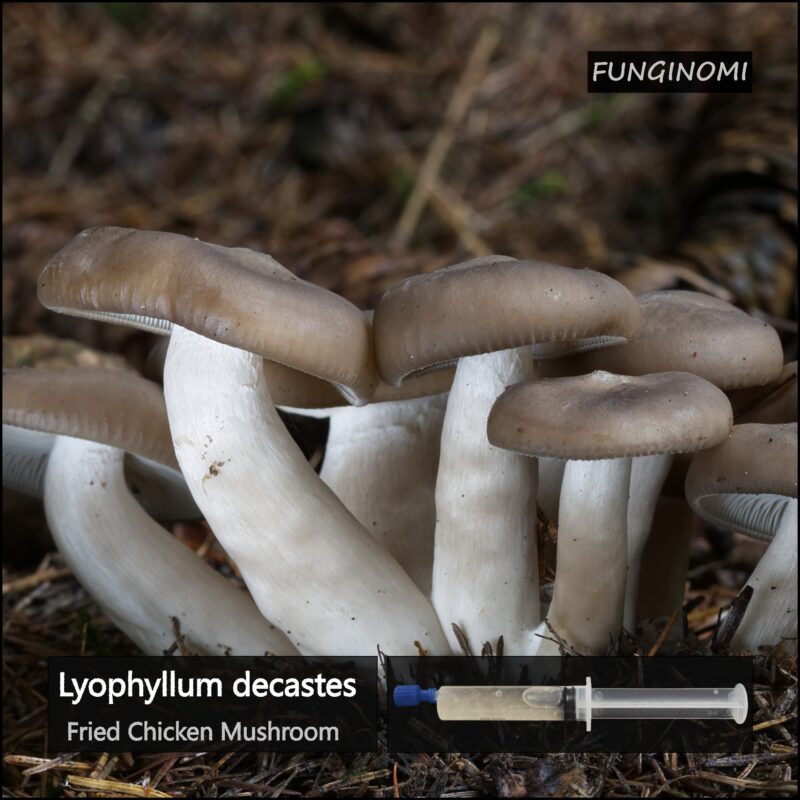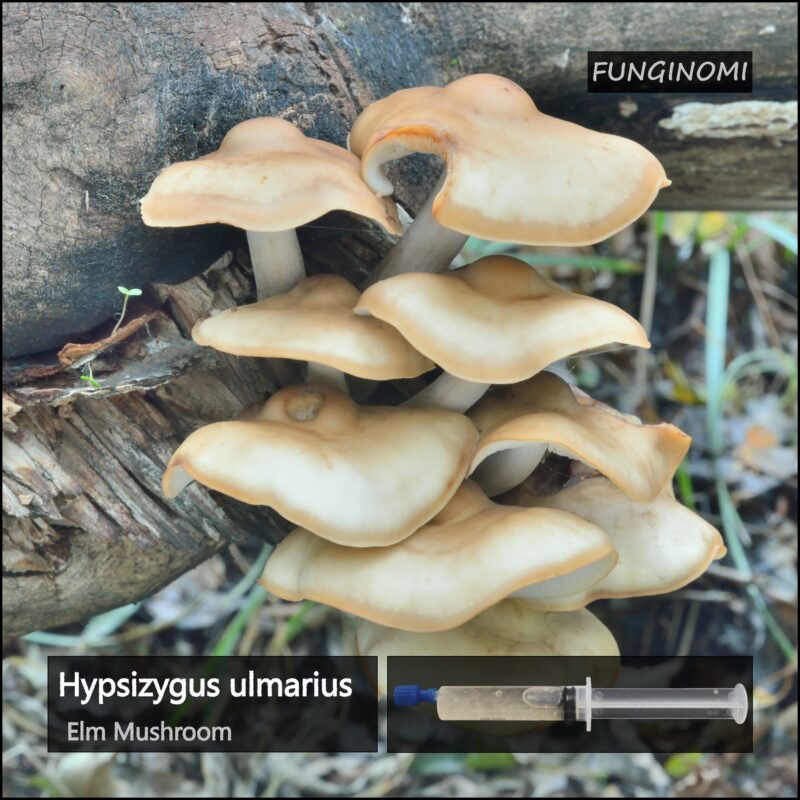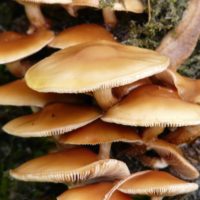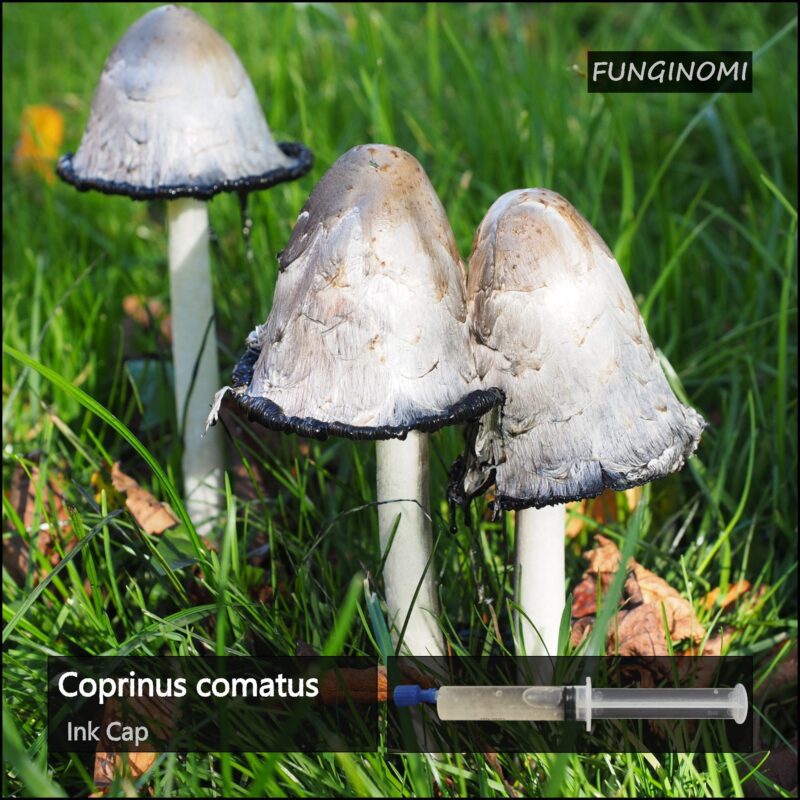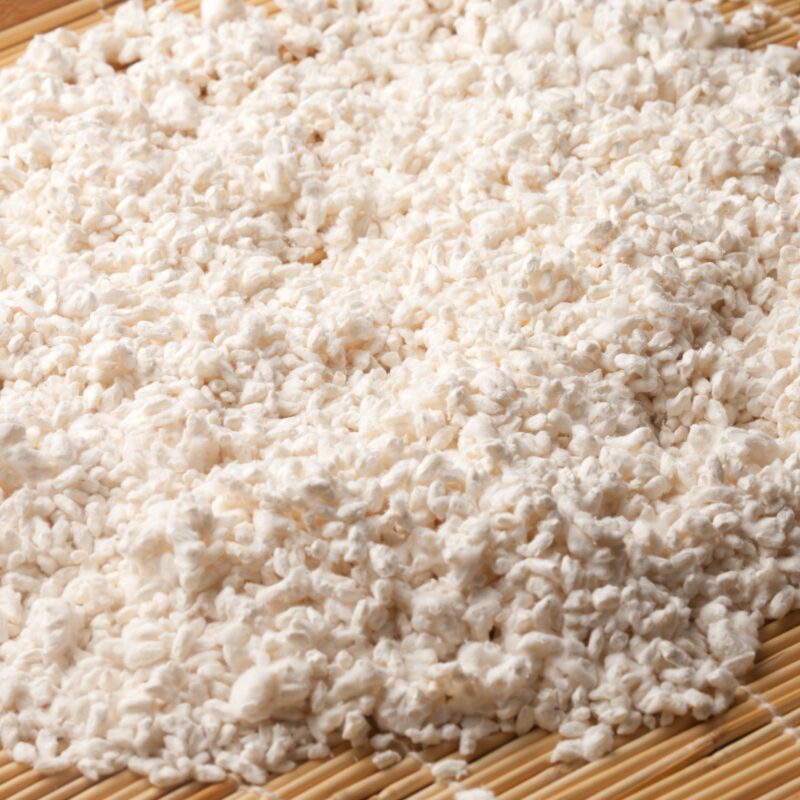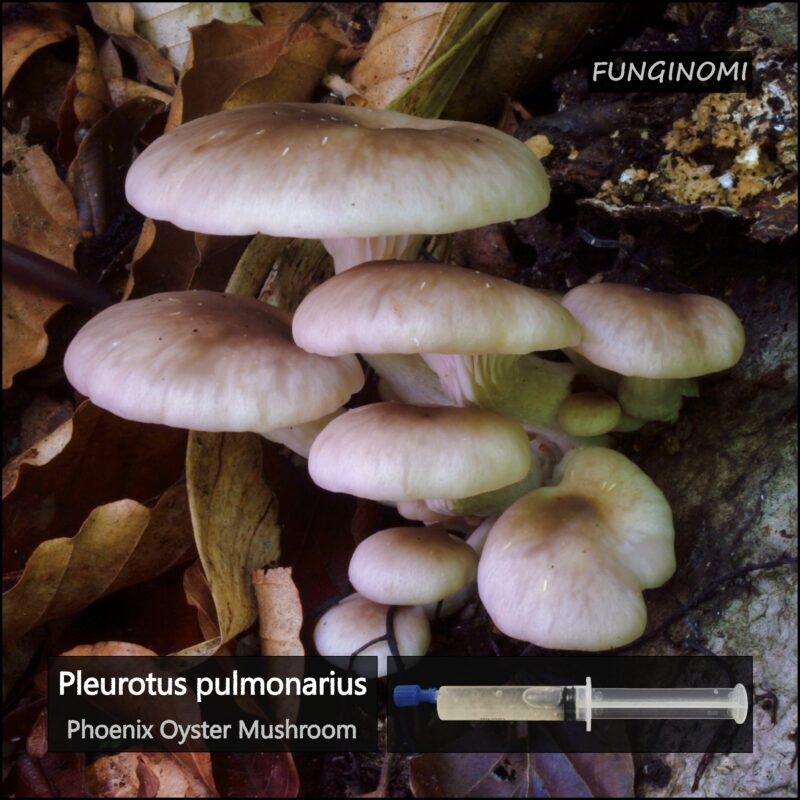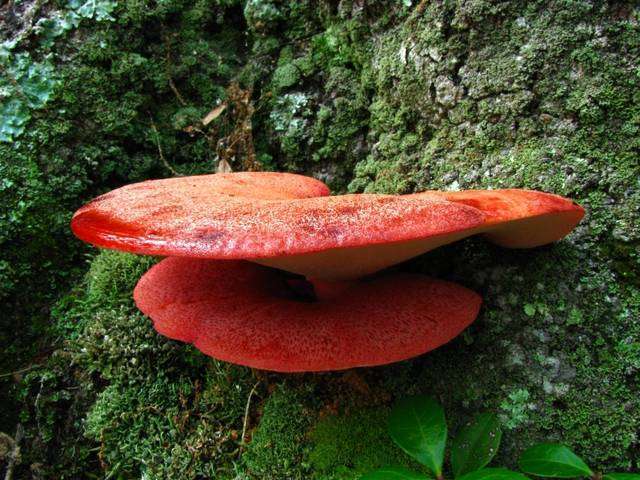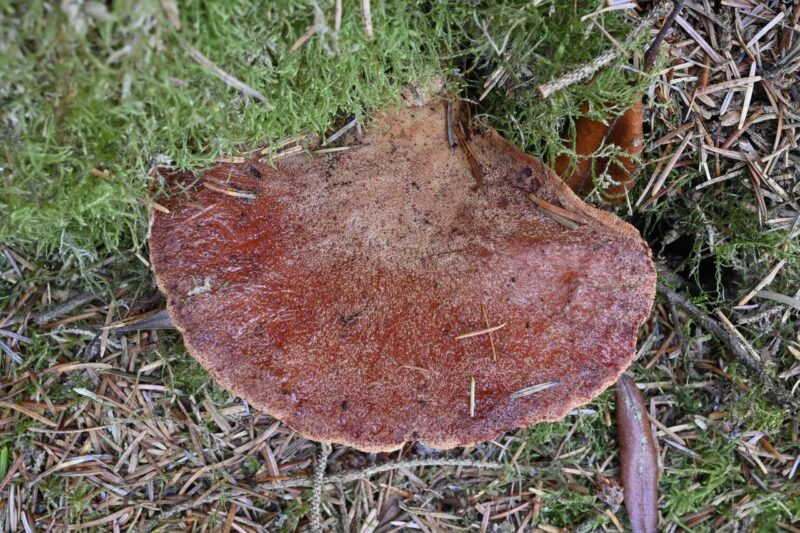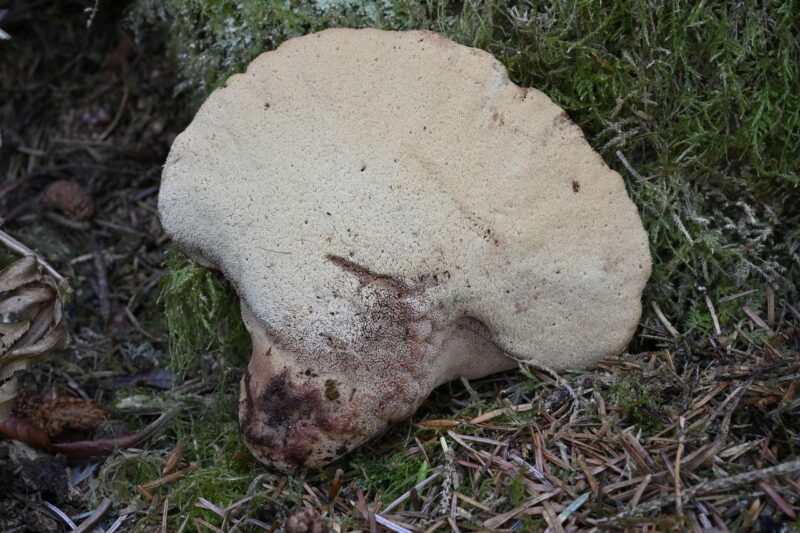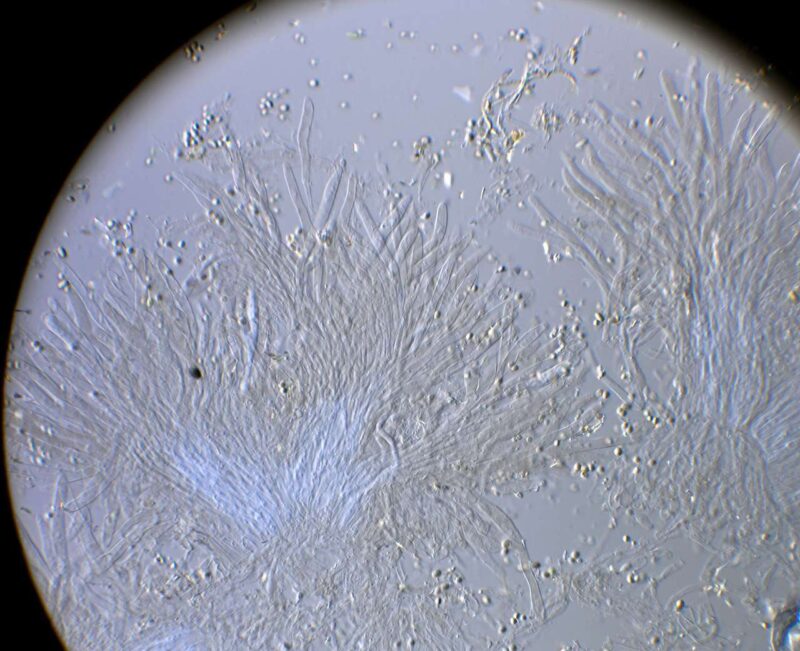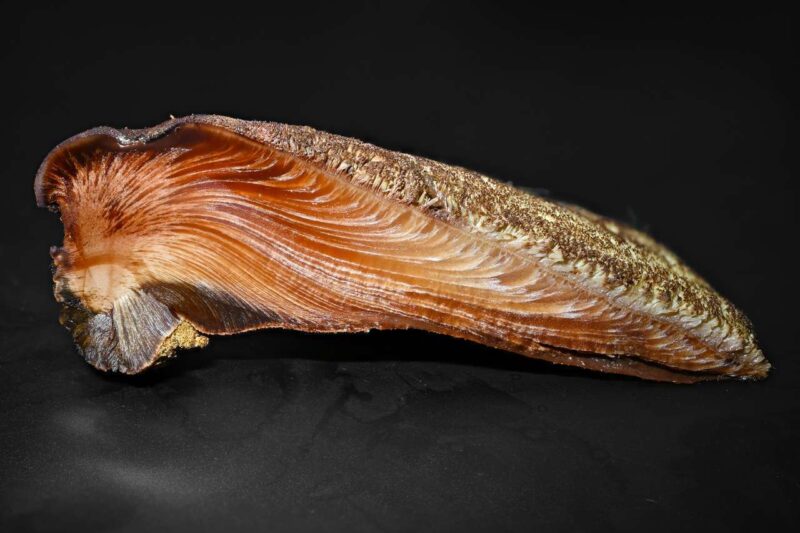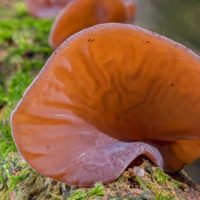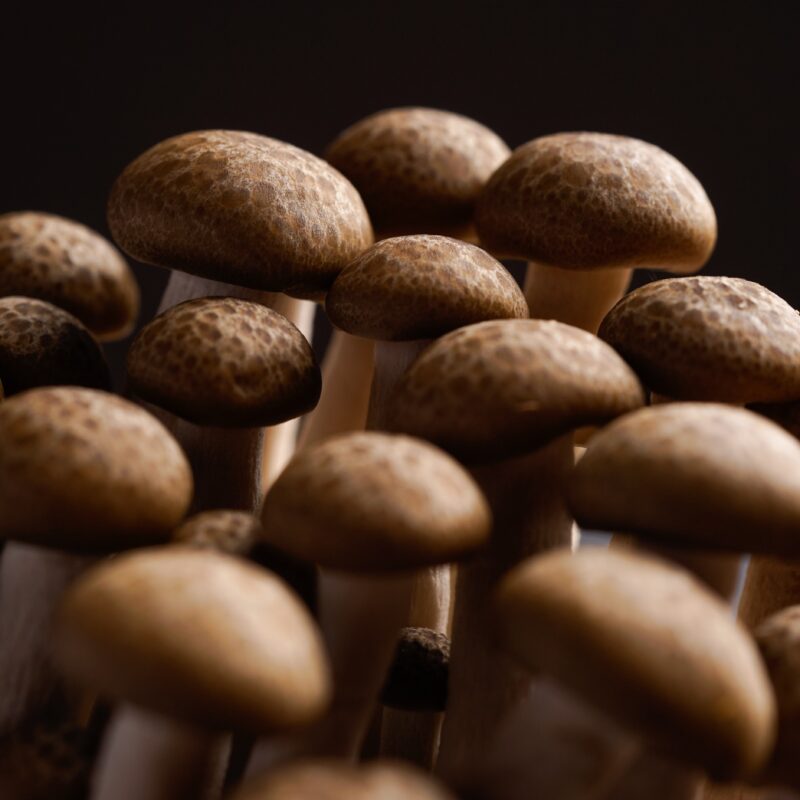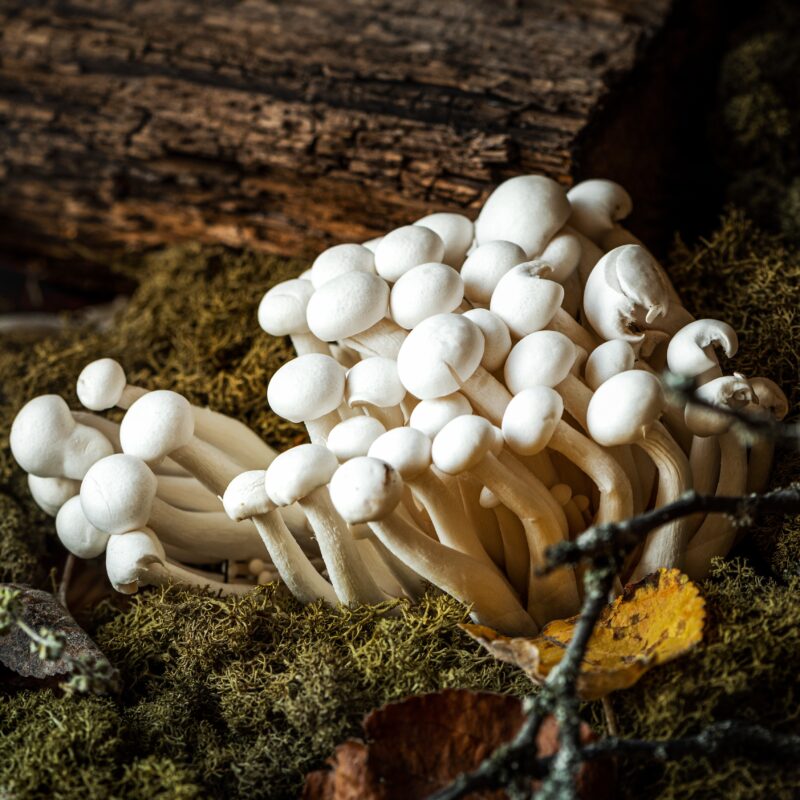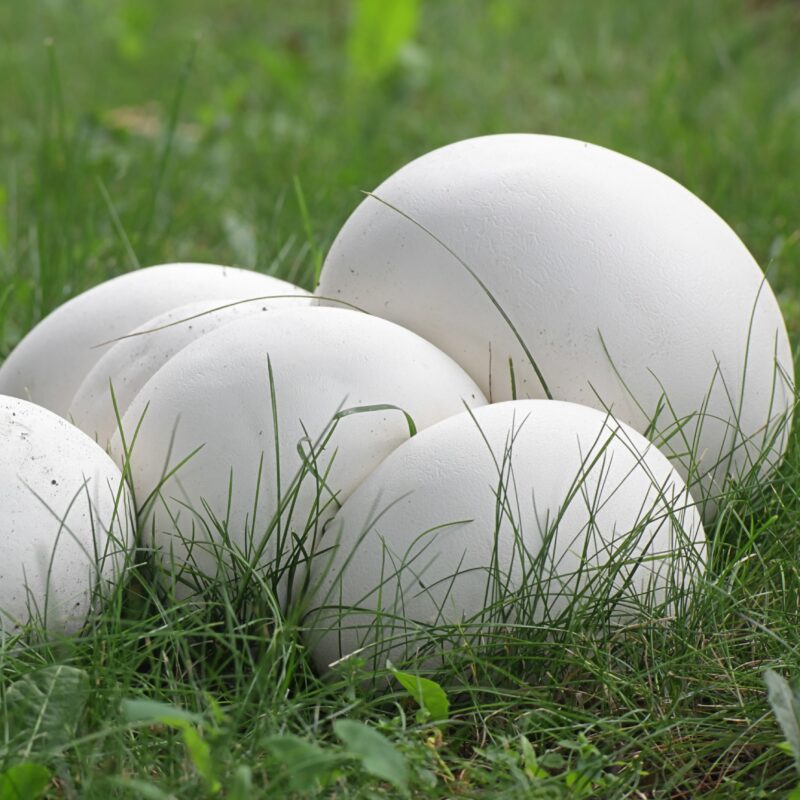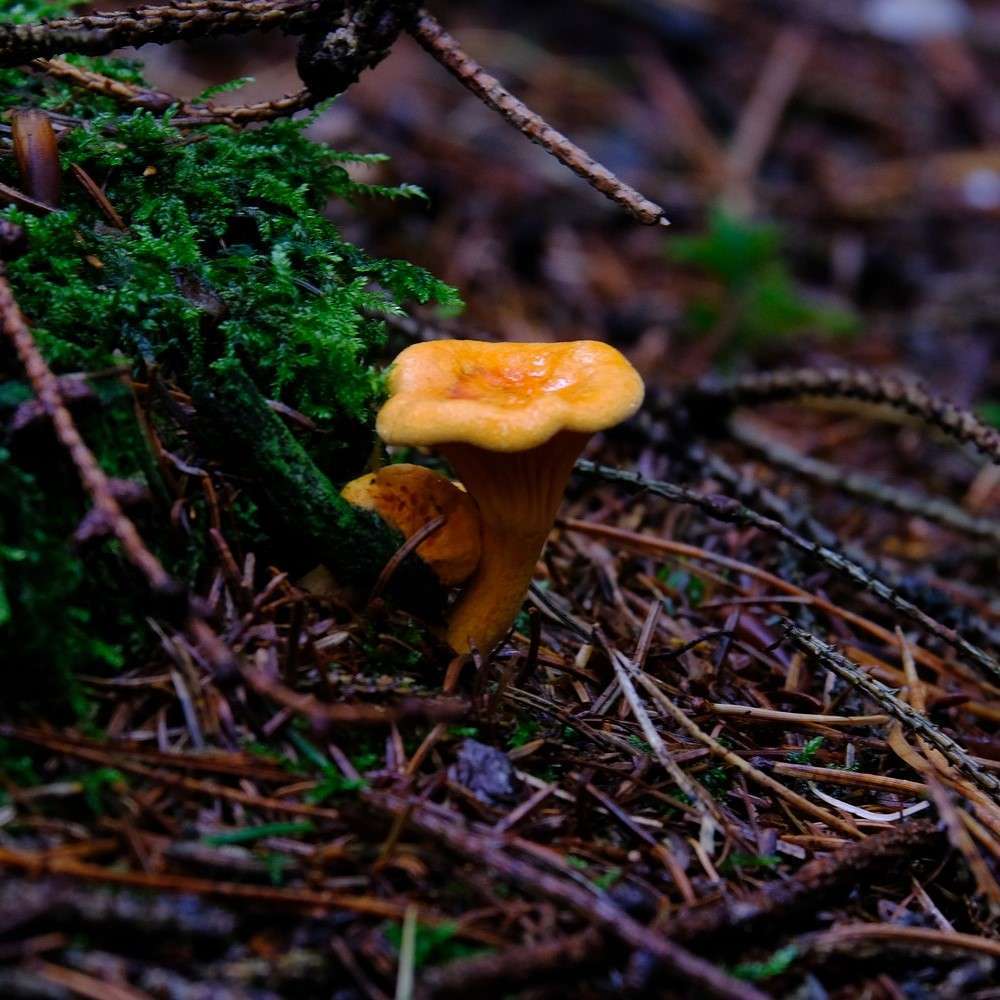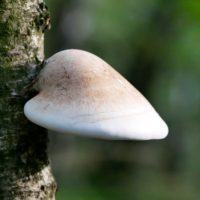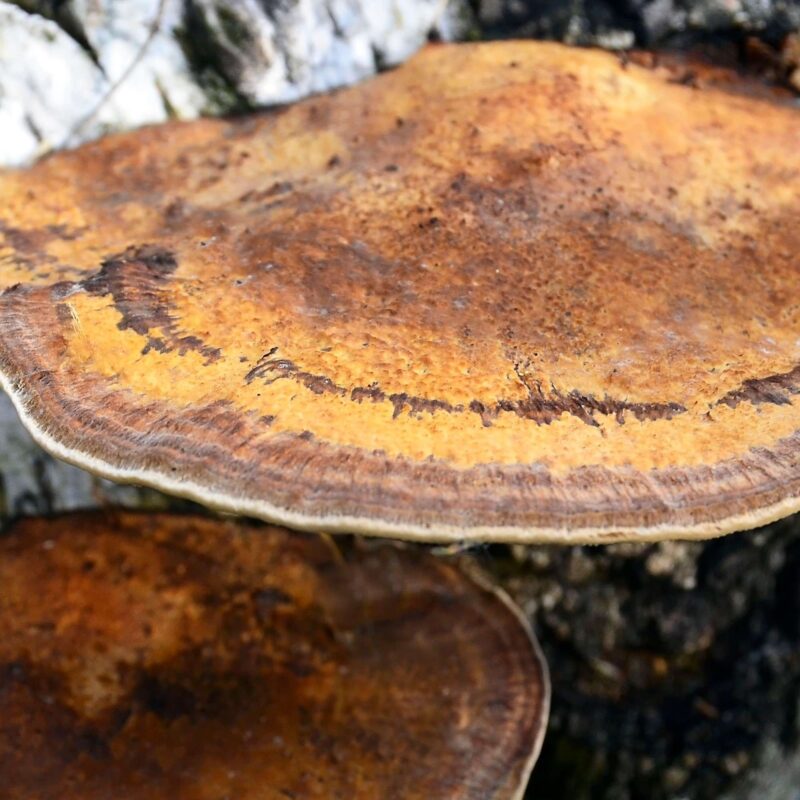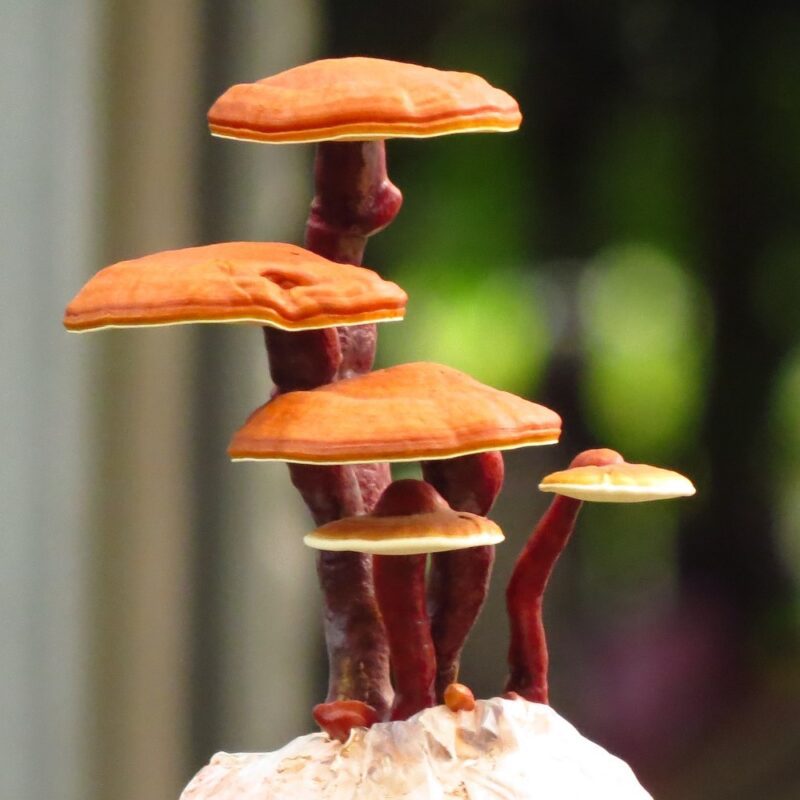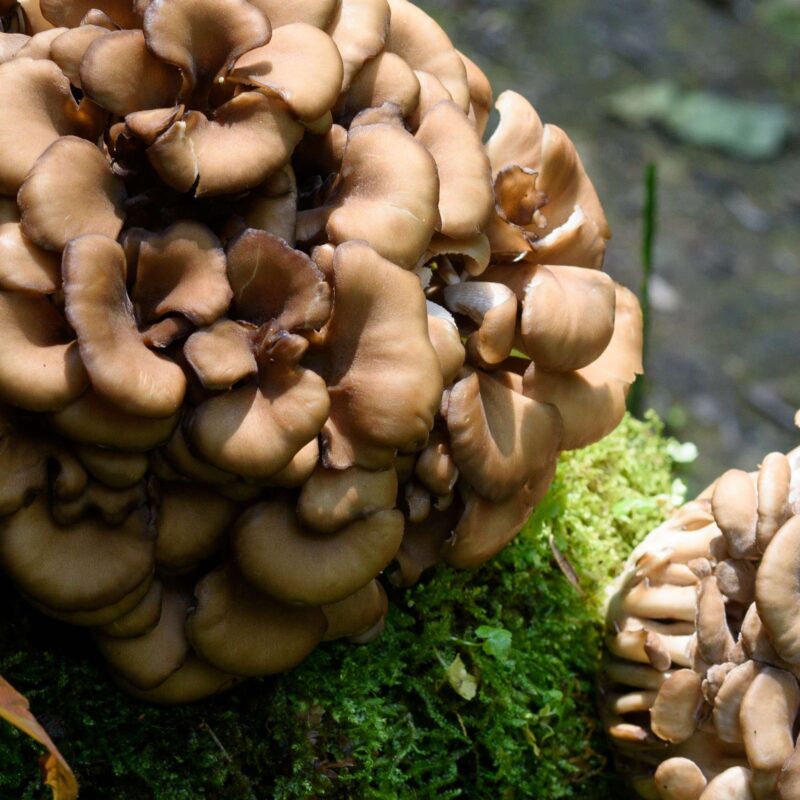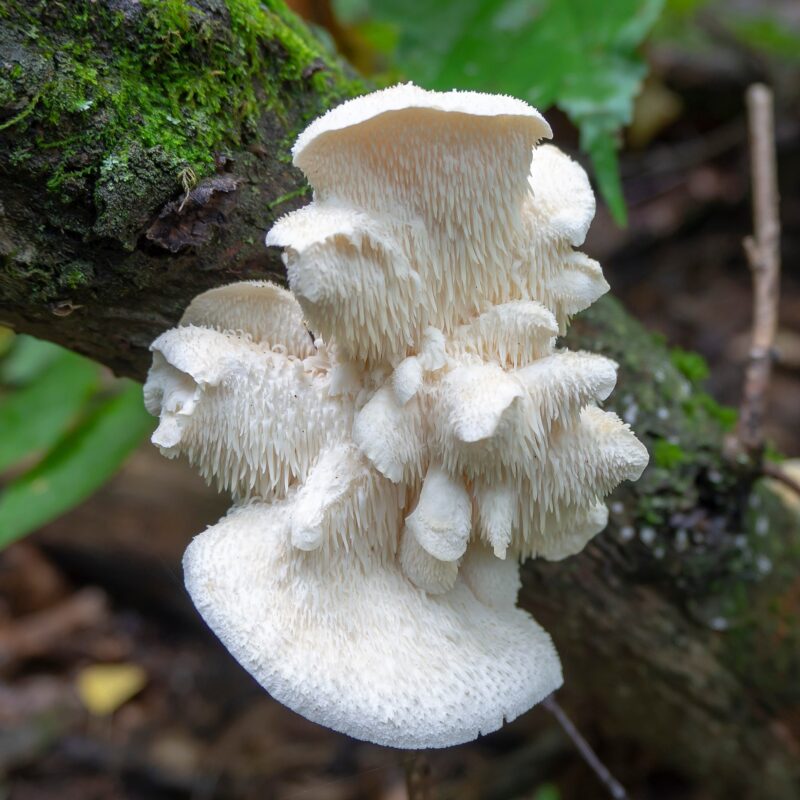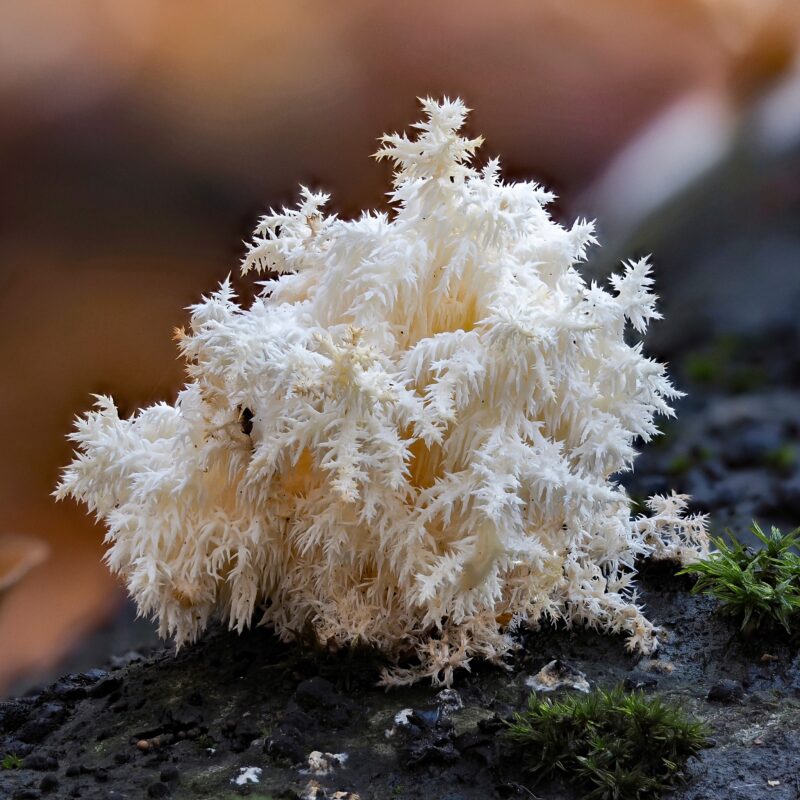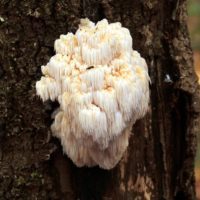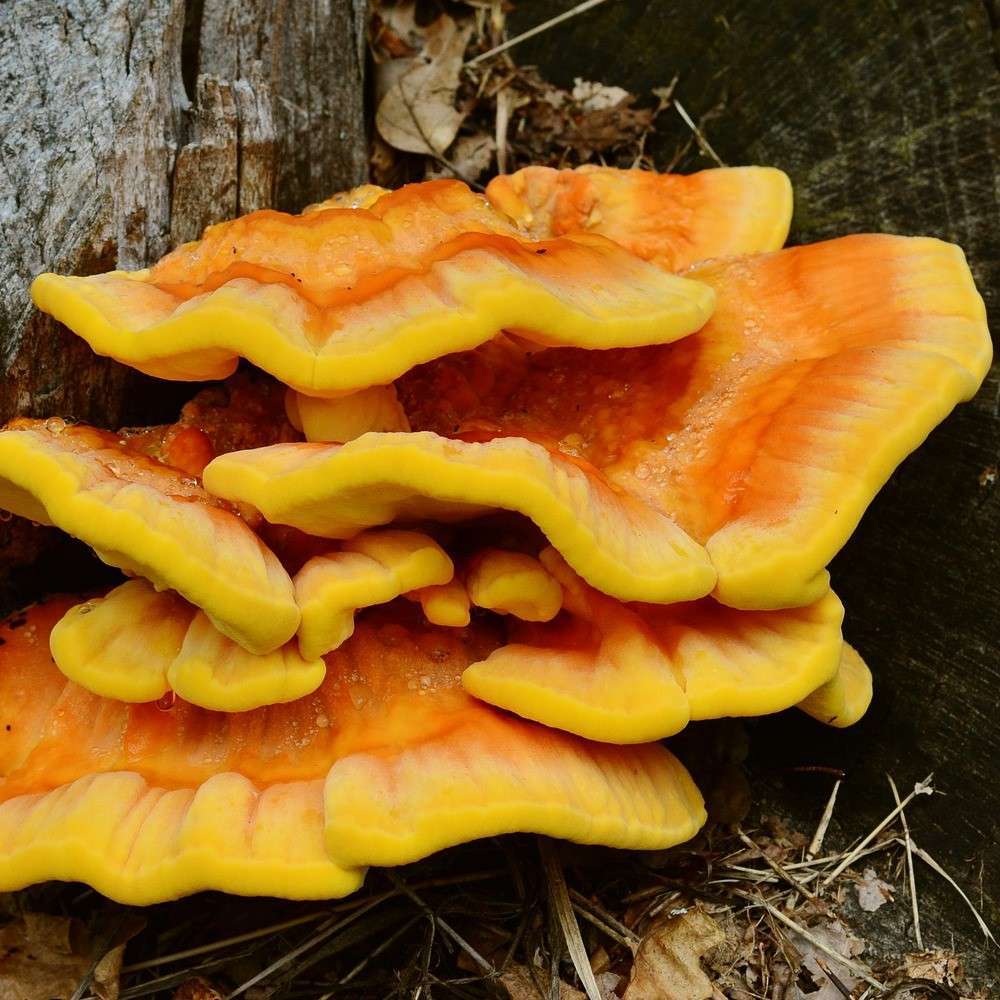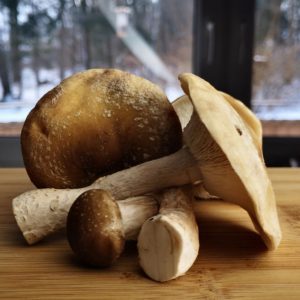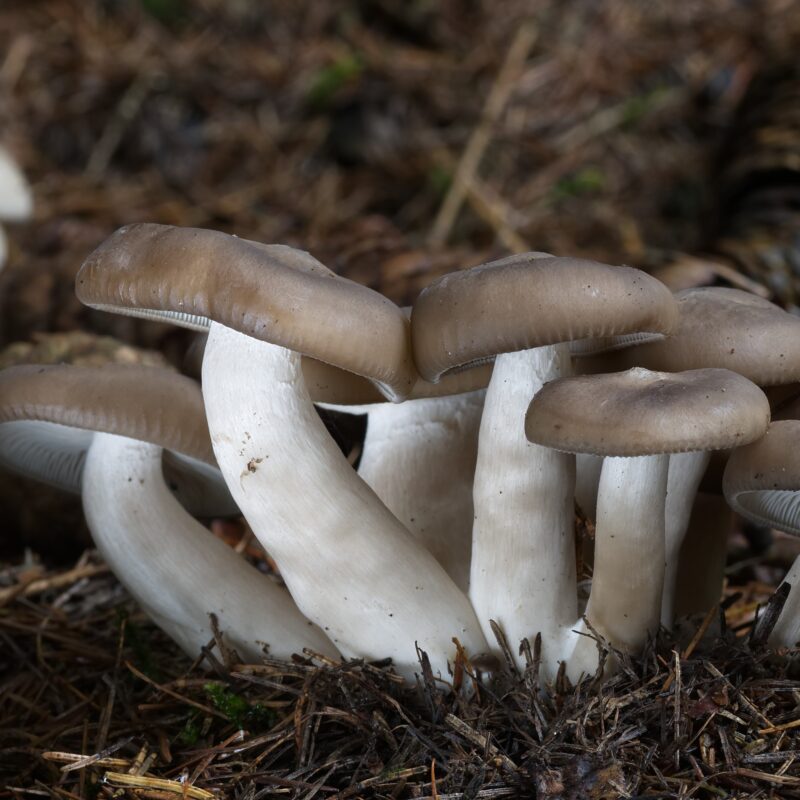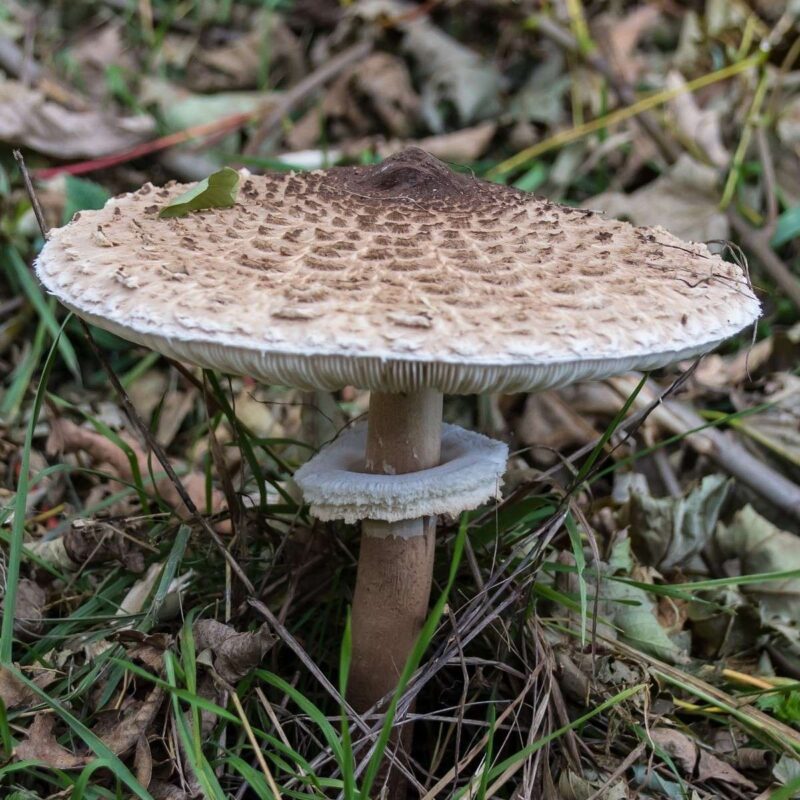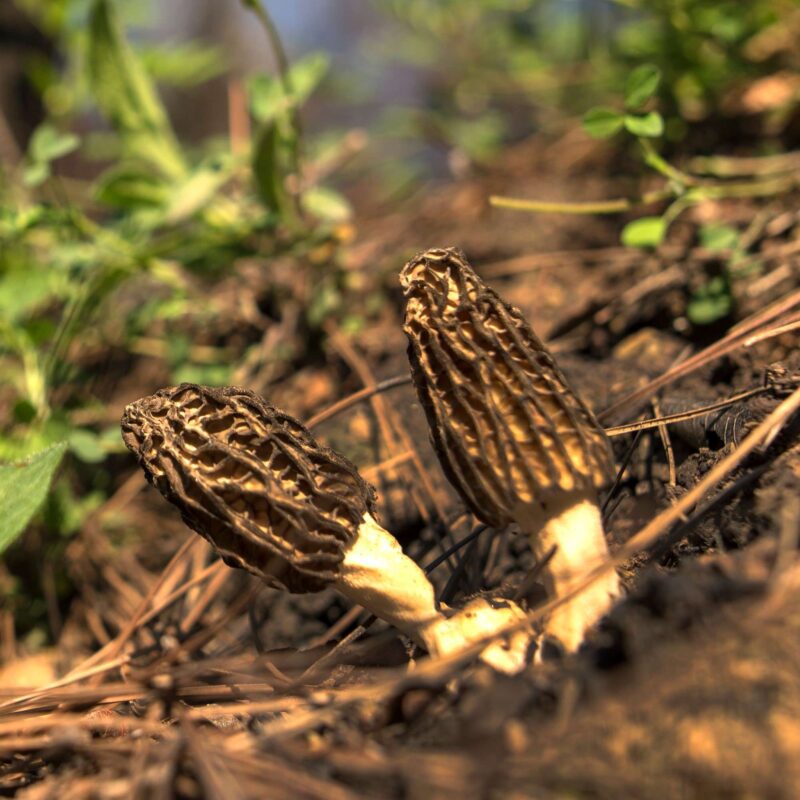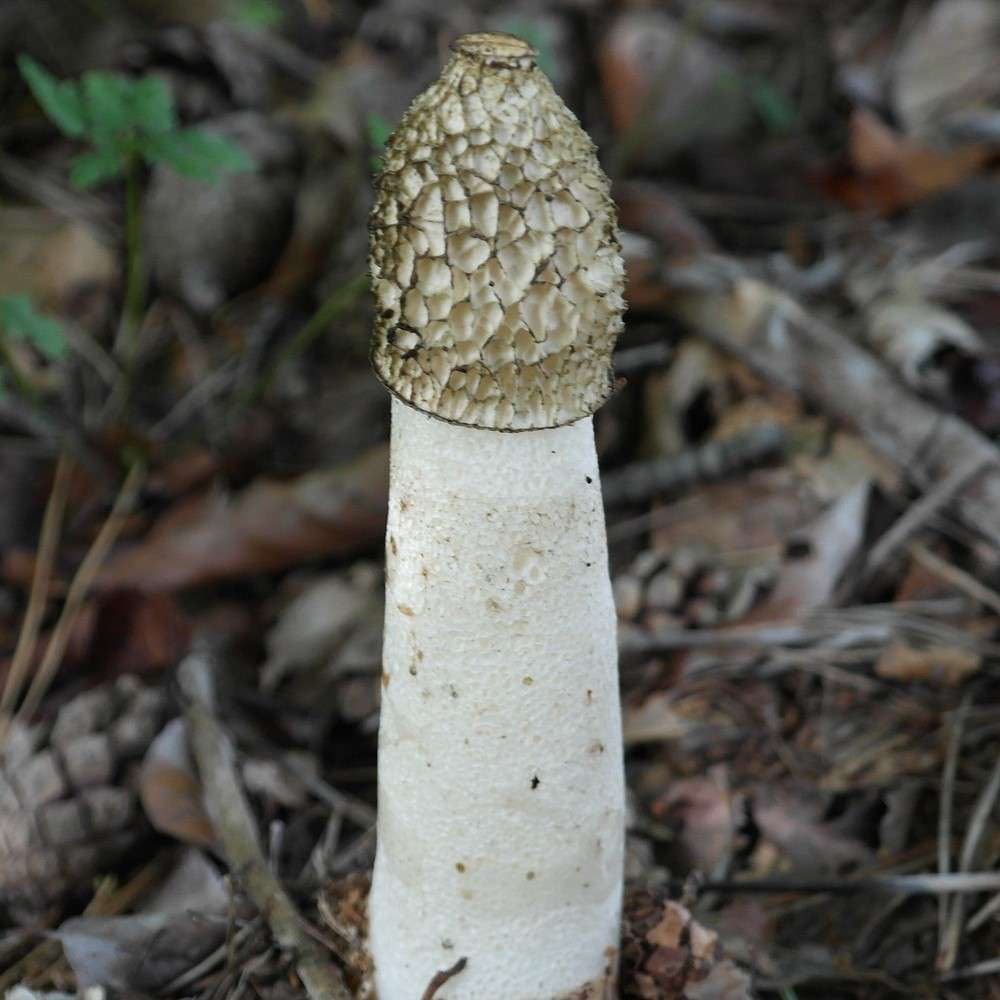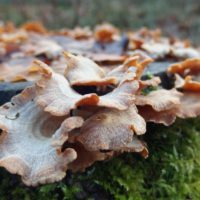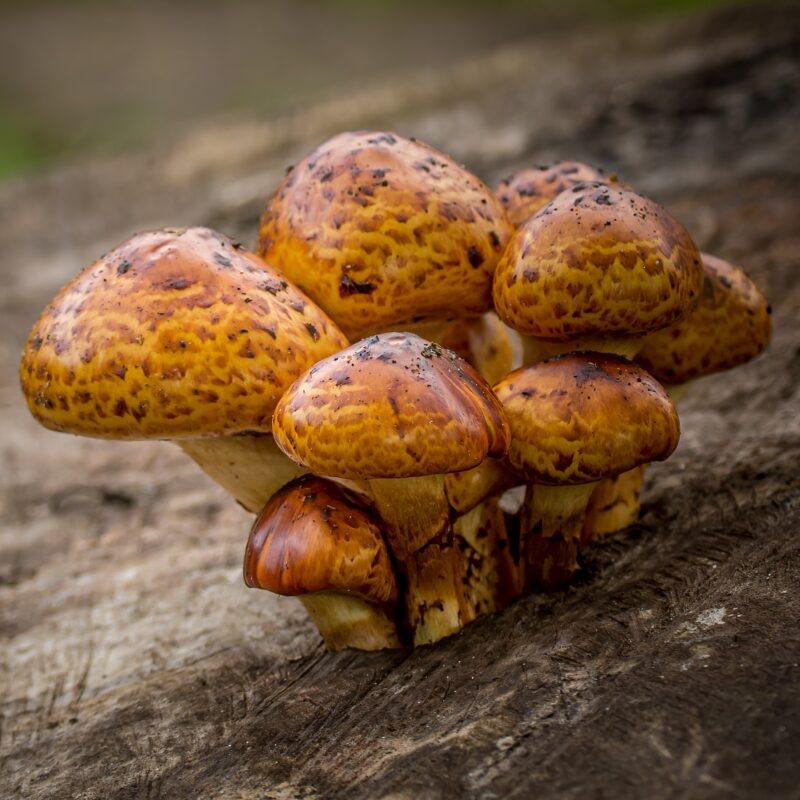Description
Properties
Fistulina hepatica, also called liver mushroom or ox tongue, is a tree mushroom in the liverwort family (Fistulinaceae).
Fistulina hepatica is a xylobiont and lives as a weakling parasite almost exclusively on oaks, rarely also on sweet chestnuts or even more rarely on other deciduous trees such as walnut or ash. Injuries to the tree bark serve as an entry portal for the spores. Inside the trunk, the fungus spreads parasitically, initially hardly harming its host because its life processes remain unaffected. Only the heartwood of the central cylinder – which is dead anyway – is affected. This wood decomposition occurs very slowly as the fungus breaks down the tannin-containing heartwood, utilizing the tannins from the parenchyma cells. Wood decomposed in this way eventually shows brown rot. Since this process proceeds slowly and, due to the preferential tannin decomposition, the structure-giving wood components cellulose and hemicelluloses are almost not attacked at all, trees attacked by ox-tongue are still break-proof and stable for a long time; only late does cube breakage occur. The annual fruiting body appears in June/August to October/November mostly on the lower section of the trunk. Initially it pushes out of the trunk like a tongue, in adult specimens the fruiting body stands out from the growing point as a semicircular or fan-shaped bracket.
In the past, the Fistulina hepatica was known in Anglo-Saxon-speaking countries as “poor men’s beefsteak”, because it was found in abundance in the forests and served as a meat substitute when fried in a pan.
The importance of the oak liverwort as a wood decomposer is low because of the slowness of this process. The usability of the hardwood is on the one hand reduced by the discoloration, but on the other hand it is precisely because of this that it is sought after for some cabinetmaking work. However, if brown rot-induced decay has already occurred, the wood is no longer usable. Ecologically, ox-tongue is considered a weak natural indicator. The ability of this fungus to break down tannic acid, which the tree actually stores as protection against parasites, can make it easier for other xylobionts to colonize the wood and also weaken it through decomposition. One such example is the clapboard fungus, which often colonizes oaks or sweet chestnuts at their base together with the oak liverwort, or as its successor fungus, preferentially.
The reddish liquid contained in Fistulina hepatica flesh colors the trunk wood dark reddish brown due to storage in parenchyma cells, this is known as hard redness or colloquially as chocolate wood. In most cases, only one fruiting body is formed per infested tree. The Fistulina hepatica is also found on already dead oaks and their stumps. It then lives saprobiontically, that is, as a deadwood decomposer. Rarely, the fungus occurs in its anamorphic form. These cushion-shaped, imperfect or conidia fruiting bodies are given the scientific name Ptychogaster hepaticus (Sacc.) Lloyd. Unusually, the accessory fruiting form of the oak liverwort can produce both conidia and chlamydospores, the latter surviving in certain cells of the host, the fibrous tracheids.
1. Growing
Affiliate Partner
Growing Procedure
Fistulina hepatica is slow progress in grain and on substrate, difficult to coax into fruiting. Needs stable humidity levels in the room and the right fruiting strategy when grown indoors. There are very few reported successes worldwide.
Growing
Agar Culture Media: MEA, PDA, MYA, PDYA
Cropping:
Containers for fruiting: Logs, tree stumps, fallen trees
Biological efficience:
Substrates: Rye Berries, grain mix, Hardwood
Growing Characteristics
Weakness parasite, secondary decomposer, brown rot trigger
S
|
P |
F
|
|
|---|---|---|---|
Temp °C |
22-28 | 18-22 | 10-23 |
Relative Humidity % |
85-100 | 90-95 | 75-95 |
Duration d |
18-25 | 3-10 | 5-14 |
CO2 ppm |
>5000 | 500-1000 | <1000 |
FAE per h |
0-1 | 4-8 | 4-8 |
Light lux |
– | 50-500 | 500-1000 |
Natural Habitat
Fistulina hepatica has a nearly cosmopolitan distribution and occurs in Europe preferentially in thermophilic mixed deciduous forests, especially on calcareous soils. Its distribution area follows that of the oak or sweet chestnut. In Germany the occurrence of the ox-tongue is not frequent, but scattered. The frequency varies regionally and in some places shows a slight tendency to decline. Nevertheless, this fungus should be protected, since due to the declining area of near-natural oak forests (in a forest used for forestry purposes as well as in parks, diseased trees and dead wood – the hosts of the oak liverwort – are removed), an endangerment of the species can be assumed. Outside of Europe, this fungus is native to North America, South America, where its host trees include false beech (Nothofagus), and the subtropical montane forests of India. There are also populations in Australia growing on eucalyptus.
Mixed forest, floodplain forest, mainly on deciduous trees, preferably oaks, beeches, willows, needs stands of old oaks, also on eucalyptus, likes areas with calcareous soil conditions, summer to late fall.
2. Identification
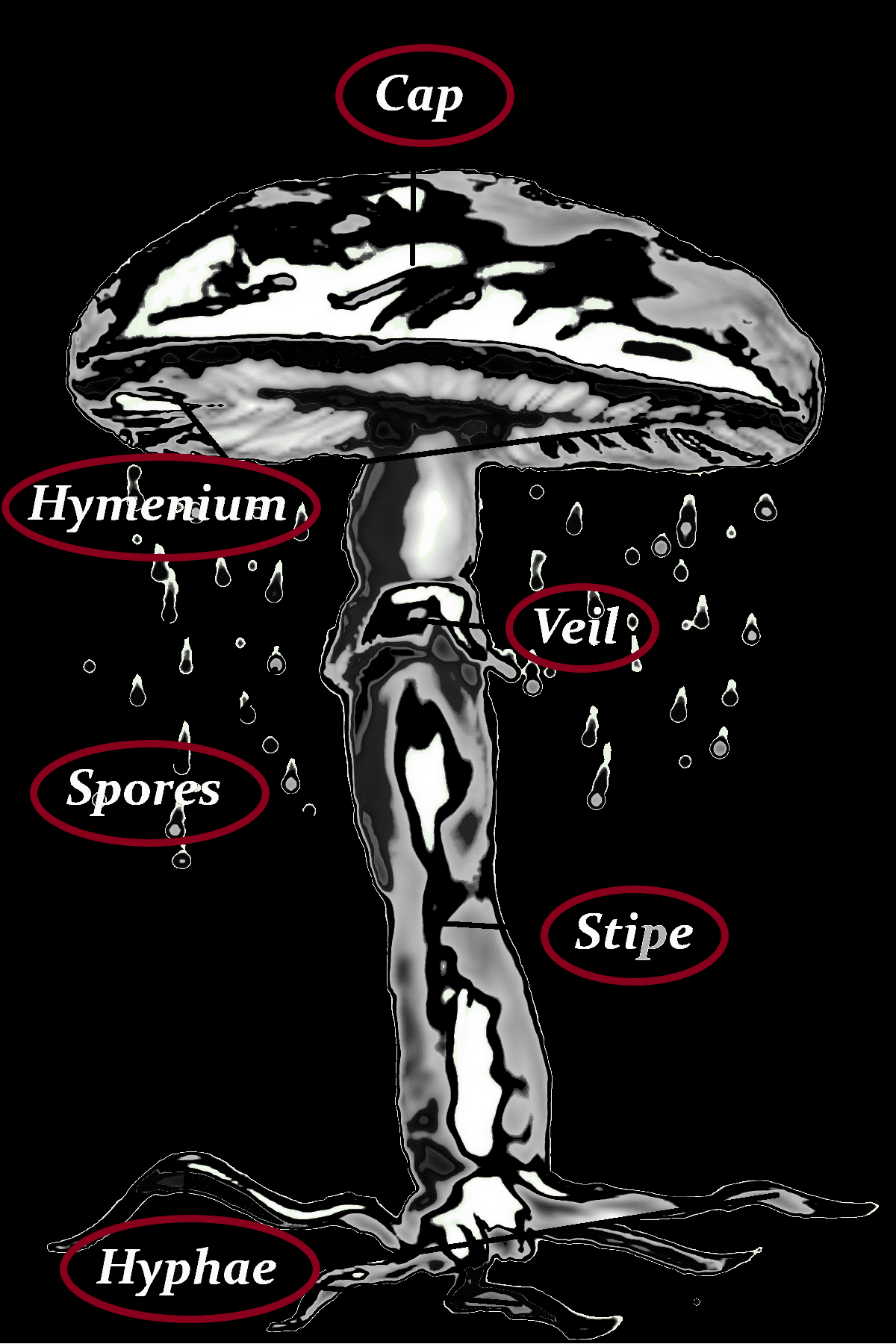
Cap
-5-25 (35) cm Ø
-6-8 (9) cm thick
-reddish, beige-red, blood red, old wine red to dark brownish red
-white margins as growing point
-radially striped
-secreting a mucilaginous-resinous red secretion when immature
-skin easily peeled
-console shaped
-multiple with smaller specimens arranged one above the other
Hymenium
-pores
-pale yellow, later reddish, reddish brown
-turning brownish on pressure
Veil
–
Stipe
-short
-side-stemmed
-irregular
Hyphae
-thin-walled branched hyphae
-with buckles and septa
Spores
-light brown
-3.5-5 x 2.5-3.5 µm
-ovoid
-basidia each with 4 sterigmas to 4 spores
-chlamydospores with strongly thickened cell walls
-mostly elongated
-cystidia not present on hymenium
Danger of confusion
–
3. Consuming
Gourmet
Fistulina hepatica its sour taste and slight bitterness are mitigated by preparation. The Beefsteak Fungus is edible when young, at least nontoxic; however, despite the meat-like appearance of cut fruiting bodies, it is unpleasantly sour. Older specimens become tough and “woody.” It can be prepared in a variety of ways and is even said to be edible raw, but is not considered a valuable edible mushroom. Due to the high content of tannins, the mushroom is difficult to digest and tastes sour.
Flesh
flesh reddish, soft
Taste
mild, sour, lemon
Smell
pleasantly mushy
Nutritional content
.
4. Data med, edible
other names
| Chinesisch (traditionell) | 牛排菌 |
| Deutsch |
Eichen-Leberreischling
|
| Deutsch |
Leberreischling
|
| Deutsch | Ochsenzunge |
| Dänisch | Oksetunge |
| Englisch |
Beefsteak Fungus
|
| Englisch |
Beefsteak Polypore
|
| Estnisch | maksak |
| Finnisch | häränkieli |
| Französisch |
Langue de boeuf
|
| Galizisch | Fígado de boi |
| Japanisch | カンゾウタケ |
| Litauisch |
Ąžuolinė kepena
|
| Magyar | Májgomba |
| Niederländisch | Biefstukzwam |
| Norwegisch |
oksetungesopp
|
| Polnisch |
Ozorek dębowy
|
| Russisch |
Печёночница обыкновенная
|
| Schwedisch | Oxtungsvamp |
| Schwedisch | oxtungssvamp |
| Spanisch | Hongo bistec |
| Tschechisch | pstřeň dubový |
| Ukrainisch |
Печіночниця звичайна
|
| Ungarisch | Májgomba |
| Wissenschaftl. Name |
Fistulina hepatica
|
other names
Fistulina Hepatica, Ptychogaster Hepaticus, Fistulina Hepatica Var. Endoxantha, Confistulina Hepatica, Fistulina Endoxantha, Ceriomyces Hepaticus, Leberreischling, Ochsenzunge, Ochsenauge, Leberpilz, Eichen-Leberreischling
| Kingdom | Fungi |
|---|
| Division | Basidiomycota |
| Class | Agaricomycetes |
| Order | Agaricales |
| Family | Fistulinaceae |
| Genus | Fistulina |
| Species | F. hepatica |
| Ecology | Parasitic |



